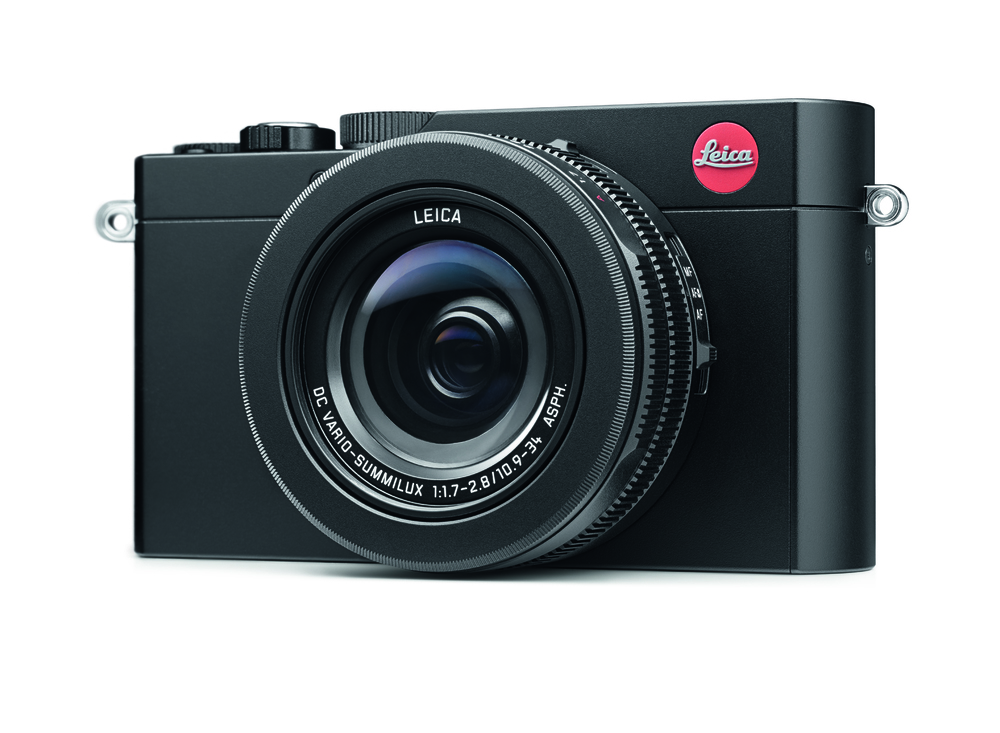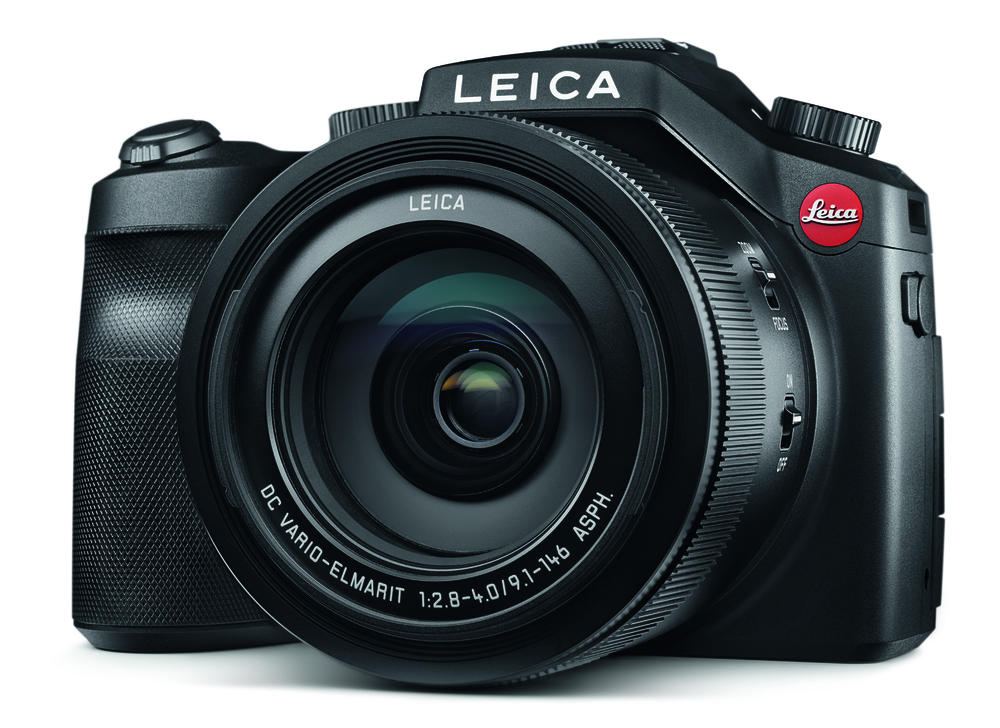
There is no secret that some Leica compacts are based on products sold also under the Panasonic Lumix brand. Usually the Panasonic version is cheaper and buyers ask why they should have to pay more for a camera that is essentially the same but has cosmetic styling differences, including the Leica red dot.
There are some very good reasons why paying more can be cheaper in the long run. I have just published a detailed review of these benefits and it is really up to the individual whether the choice is based absolutely on price or on a wider whole-life ownership experience.

As it happens, however, the Leica premium is not as large as it once was. Take the new Leica D-Lux as an example. This camera, which is feverishly anticipated and will undoubtedly be a hit, costs £825 compared with the £799 price tag of the Panasonic LX100.
The difference is a piddling £25 and I can tell you without a shadow of a doubt that if you want this camera you should buy the Leica version. In the long run the immediate warranty benefits and the higher resale value make this choice a no-brainer.
Sometimes, however, the choice is not so clear cut. The new Leica V-Lux costs £925 while the Panasonic FZ1000 is only £749. That £176 extra cost makes the choice more difficult. It is still possible, however, to make a case for the extra cost being worthwhile if you use the seven advantages listed in my article. That said, it is a mystery to me why the D-Lux carries a premium of only 3.5% while the V-Lux is nearly 24% more expensive. The D-Lux remains an outstanding buy at that price.
NOTE: Shortly after publishing this article I received news from Panasonic that the price of the LX100 has been reduced today from £799 to £699 and this has a bearing on the above figures
